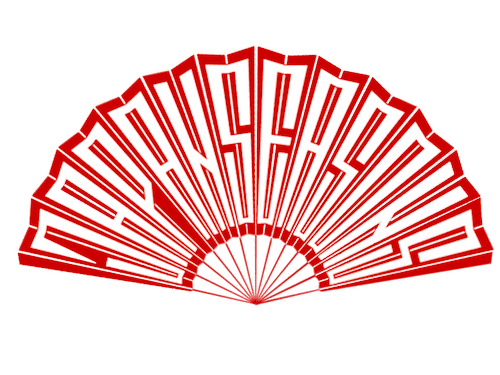Tokyo in Japanese means the Eastern Capital. This name was given to the samurai city of Edo after the capital was moved here from Kyoto in the second half of the 19th century. The largest city in Japan never ceases to amaze travelers with its cleanliness, convenient transportation, and friendliness of the locals who are ready to overcome language barriers and help their foreign guests. Tokyo attracts everybody interested in modern Japan: fans of contemporary architecture and street fashion, video games, and unusual cafes.
- Tours
- Shikoku Island
Japan Tour “Two Capitals and Shikoku Island”
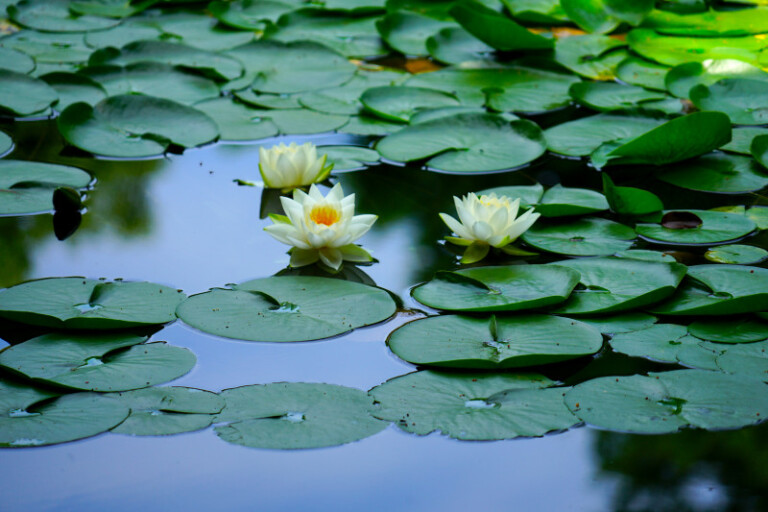
CUSTOMIZED ITINERARY FOR YOUR DATES
Dates
- Private tour
Duration
- 11 days / 10 nights
Price
- On Request
Daily itinerary
Day 1
Meet your tour guide at the Arrivals
Transfer to Tokyo by private transport
Check-in at the hotel, rest

Tokyo
Day 2
Meet your tour guide at the hotel lobby
Tokyo sightseeing by private transport: Asakusa district, Sensoji Buddhist Temple, Nakamise shopping street, TeamLab museum, Shibuya district and Shibuya Sky observatory, Ginza
Back to the hotel

Shibuya Area
Shibuya scramble crossing is one of the busiest crossings in Tokyo. The green light comes on from four directions at once, and several hundred people (during peak hours, the number can reach 1,000) rush simultaneously in all directions, managing to dodge each other with ease built up over the years.
For its picturesque yet orderly crowds, the crossing is beloved by filmmakers, and people worldwide are familiar with it from TV series, movies, and commercial videos. The best spot to watch the hypnotic flow of people is the Starbucks coffee shop on the 2nd floor of the building on the north side of the crossing.
There is also a statue of the faithful dog Hachiko near Shibuya Station, where he used to meet his master, a professor at Tokyo University, every day. After the professor’s sudden death, the dog came to the station every day for nine years, waiting for his master to return. Hachiko became the symbol of loyalty.
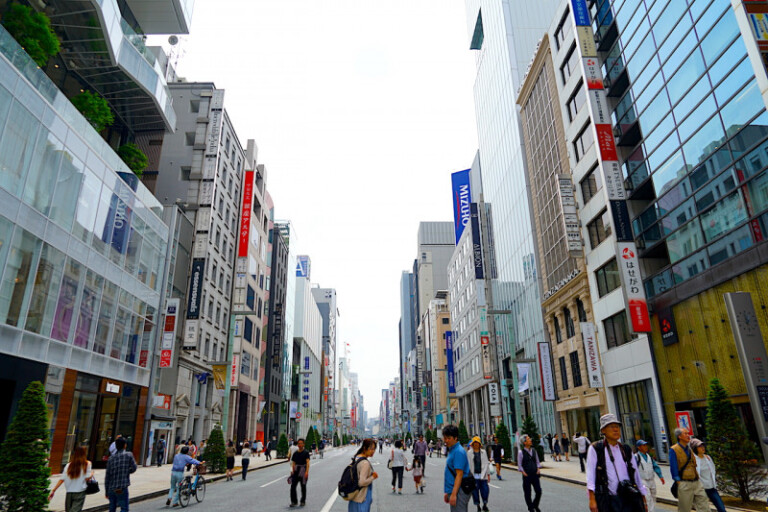
Ginza District
Ginza is Tokyo’s most luxurious shopping district, home to prestigious department stores, world-famous designer boutiques, coffee shops, and traditional Japanese restaurants. People come here to learn about the latest high fashion trends and enjoy the creations of the best architects worldwide.
At the same time, Ginza is an art lover’s paradise. There are about 200 art galleries and Kabukiza Theater, which still regularly hosts Kabuki theater performances.
Day 3
Move to Shin-Kobe by Shinkansen bullet train
Transfer to Arima Thermal resort
Check-in at the national-style ryokan hotel
A walk through Arima town
Dinner at the hotel, rest in the hot springs
Day 4
Meet your tour guide at the hotel lobby
Move to Shikoku Island
Visit sake brewery, introducing sake brewing process
Transfer to the hotel, check-in
Day 5
Meet your tour guide at the hotel lobby
Muroto sightseeing by private transport: Mikurodo Cave, geopark, Hotsumisakiji Temple, Dolphinarium
Back to the hotel, rest
Day 6
Meet your tour guide at the hotel lobby
Visit Kitagawa Village "Monet's Garden" Marmottan
Transfer to the station
Move to Hiroshima by train
Check-in at the hotel, rest
Day 7
Meet your tour guide at the hotel lobby
Move to Miyajima island
Walking tour at Miyajima: Otorii Gate - one of Japan's three most beautiful landscapes, Itsukushima Shrine
Move to Kyoto by Shinkansen bullet train
Check-in at the hotel, rest
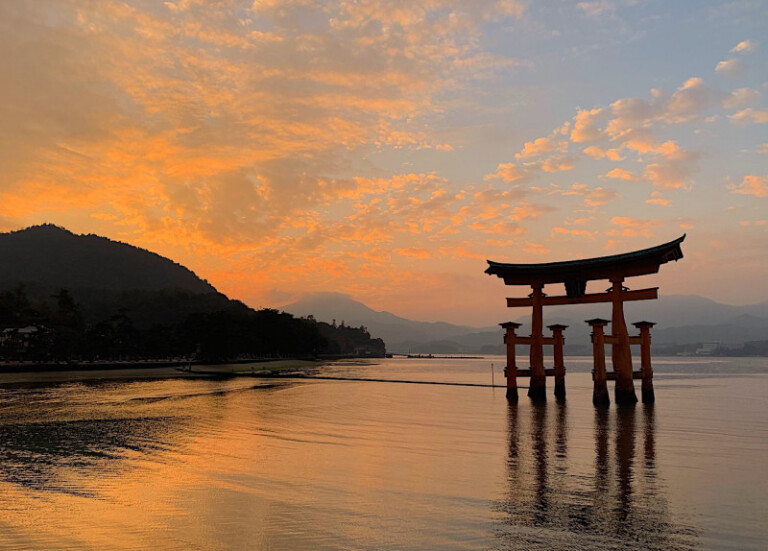
Itsukushima Shrine
Itsukushima Shrine is one of Japan’s most famous Shinto shrines located on the island of Itsukushima (also known as Miyajima Island). The sight of the main torii gate set in the sea is one of Japan’s three most famous views. The shrine was founded in the 6th century and took its present form in the 12th century when it was extensively expanded and rebuilt by Taira no Kiyomori. The buildings we see today were built in the mid-16th century, although they are similar in design to those of the Taira clan era. The “floating” shrine is a UNESCO Cultural Heritage Site and a National Treasure of Japan.
Day 8
Meet your tour guide at the hotel lobby
Kyoto sightseeing by private transport: Golden Pavilion, Ryoanji temple with Zen Rock Garden, Kiyomizu-dera Temple, the traditional streets of Kyoto
Back to the hotel

Kinkaku-ji (Golden Pavilion)
Kinkaku-ji Temple, often called the Golden Temple, is one of Japan’s most famous temples and Kyoto’s main attractions. Built at the end of the 14th century, this complex, with its three-story pavilion covered with gold leaf, captivated the minds of its contemporaries. The famous Japanese writer Yukio Mishima captured its fate and glory in the novel “The Golden Temple.” Today Kinkaku-ji Temple is a must-see on any traveler’s itinerary in Japan. In addition to the famous pavilion, the UNESCO World Heritage Site also features a traditional walking garden, small waterfalls, and a tea house, representing the culture of the samurai era.
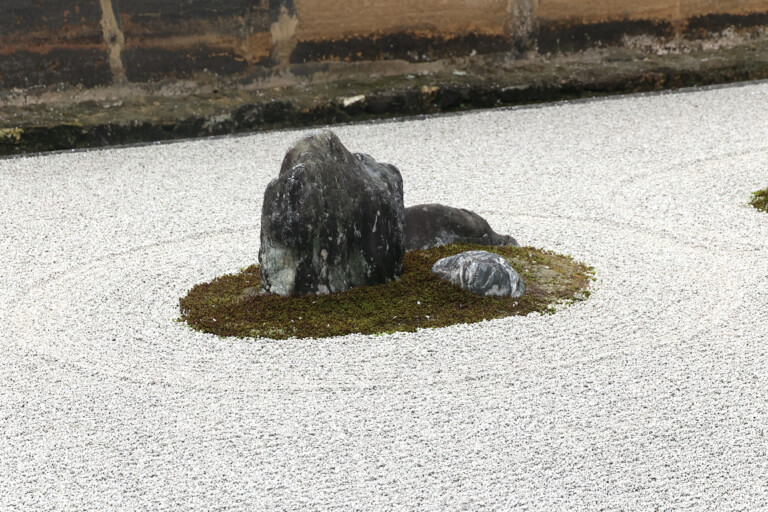
Ryoan-ji Temple
Ryōan-ji Temple, located in northern Kyoto, was founded in the mid-15th century. The famous rock garden was also established at the same time. The garden is now considered one of the best in Japan and is protected as a UNESCO World Heritage Site.
For centuries, the Ryōan-ji Temple garden has attracted visitors trying to solve its mystery: why can you see only 14 of the 15 stones? And what does the composition of sand and rocks represent?
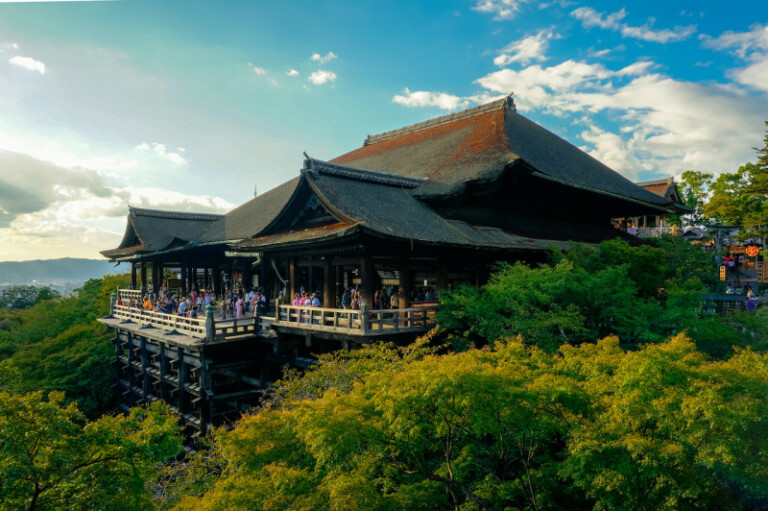
Kiyomizu-dera Temple (Pure Water Temple)
The Pure Water Temple, or Kiyomizu-dera, is one of Kyoto’s most famous and most visited temples and is a UNESCO World Heritage Site. It was founded on a mountainside near a spring. Its clear water is said to bestow health, longevity, and wisdom. The temple’s main attraction is its main hall, with an open veranda built on stilts over a cliff. The structure, assembled without a single nail, towers over Kyoto, offering a beautiful view of the old capital. Cafes and stores lining the road to the temple sell Kyoto sweets, ceramics, and souvenirs for all tastes.
Day 9
Meet your tour guide at the hotel lobby
Move to Nara
Nara sightseeing: Todaiji Temple, Kasuga Shrine, Deer park
Return to Kyoto

Todai-ji Temple
Todai-ji is a Buddhist temple complex whose main building is one of the largest wooden structures in the world. Built in the mid-8th century by order of the emperor with donations from all over the country, the temple features the biggest bronze statue of Buddha in Japan. Almost all the bronze produced in Japan at the time was used to cast the colossal sculpture. The complex also has several unique wooden structures, including the giant Nandaimon Gate with the famous Nio guard figures, the Bell Tower, and Nigatsu-do Hall. The entire complex is a UNESCO World Heritage Site.

Kasuga Shrine
Kasuga Taisha is one of Japan’s most ancient Shinto shrines, founded in the mid-8th century to protect the capital, Nara. A UNESCO World Heritage site, it is famous for its kasuga-zukuri architectural style, the thousands of stone and bronze lanterns decorating its grounds, and the pristine ancient forest where sacred deer, considered messengers of the deities, roam free.
Day 10
Move to Tokyo by Shinkansen bullet train
Free time
Day 11
Meet your tour guide at the hotel lobby
Transfer to the airport by private transport with a guide
Departure
